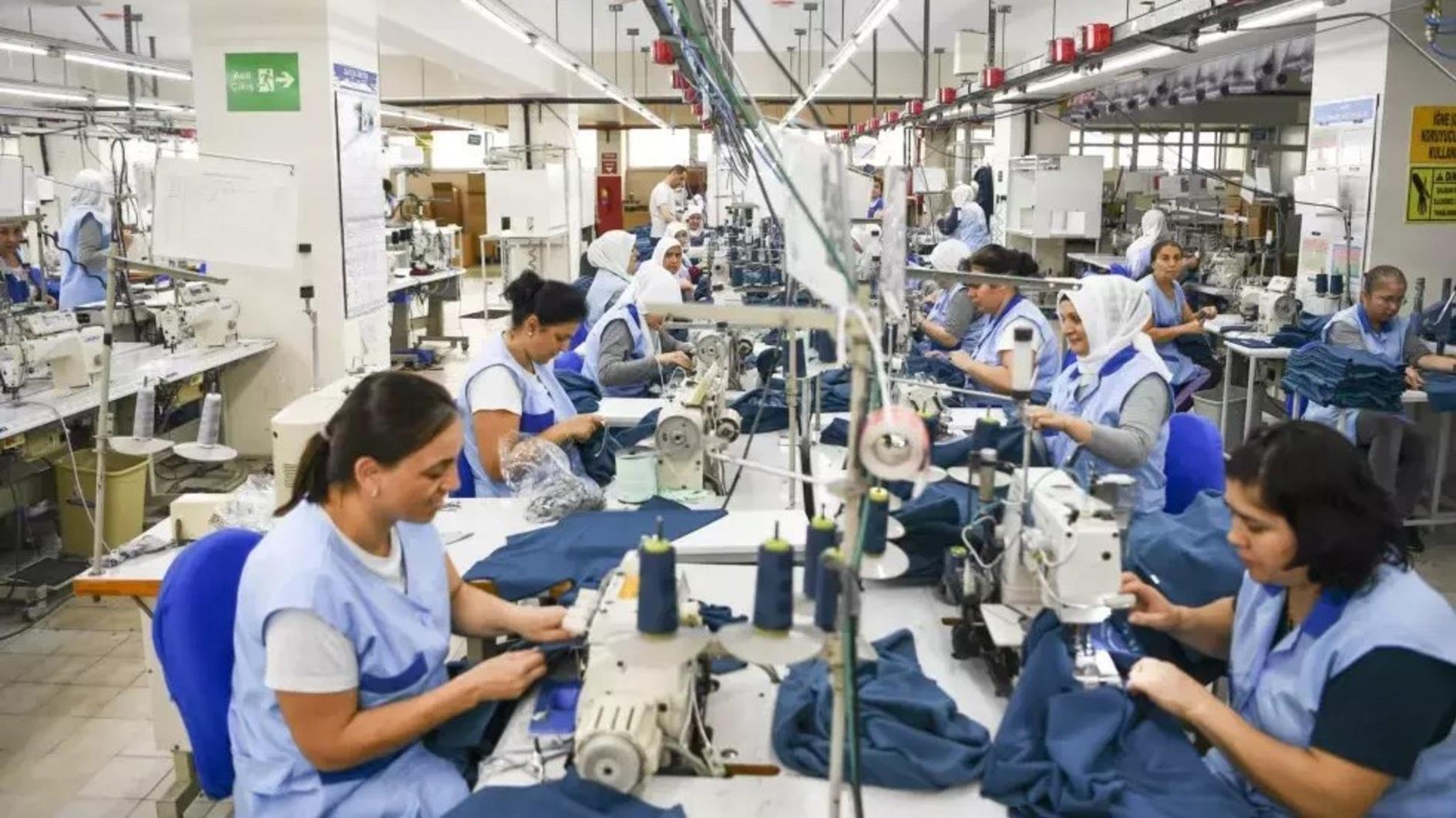Central Anatolian Çatalhöyük houses to bring past back to life
KONYA - Anatolia News Agency

If financial resources can be found, four different experimental houses will be built for cultural groups in the ancient settlement of Çatalhöyük. Hürriyet photo
The ancient settlement of Çatalhöyük in the central Anatolian province of Konya’s Çumra district, which was included on the UNESCO World Cultural Heritage list last year, expects more visitors thisyear. If financial resources can be found, four different experimental houses will be built for cultural groups in the ancient settlement.
The assistant director of the Çatalhöyük excavations and Ege University member Serap Özdöl said that an international excavation team would start the 21st excavation in Çatalhöyük.
She said that the core team would come to Konya in mid June and begin preparations and excavations would begin on June 25 with the participation of 130 archaeologists from around the world. “This
year the areas that were previously excavated will be deepened and the findings unearthed in various layers would be compared to each other. A large number of teams will carry out works in
many areas,” she said.
Özdöl said that they expected a serious increase in the number of visitors after the ancient area was included in the UNESCO list, and continued: “The whole world knows Çatalhöyük. What should be done here at the moment is to pay attention to protection and prepare the ground to host visitors better. One of our goals is to make this place available for excavations and research all the time and draw archaeology students and others. Another important goal of ours is to raise awareness for the protection of mounds and historic artifacts among local citizens.”
Özdöl added that the establishment of a research center was necessary in Çatalhöyük for the analysis of 9,000-year-old findings there,
saying, “This is one of our goals, too. Also, we want to build experimental houses for visitors to get information about human life 9,000 years ago. But we need financial resources. If we can make it, four experimental houses will be built on the Çatalhöyük site for cultural groups from Turkey and the world.”
The houses will bring to the forefront animal paintings that were important for the people living in Anatolia in this period including figures of leopards, bulls and vultures.
In these wall paintings, which are accepted as some of the earliest artworks, leopard skins are seen on people, Özdöl said, adding that in the same pictures, figures of vultures and strong bulls frequently appear.
About Çatalhöyük
The first excavation work at Çatalhöyük was carried out in the 1960s by British archaeologist James Mellaart and his team. Professor Ian Hodder took over the excavation work at the ancient site in 1993.
Currently an international excavation team of more than 100 people is working at Çatalhöyük. They are investigating diseases, genetic features and plants and animals in the area.
A number of historical artworks have been found during the excavations.
















